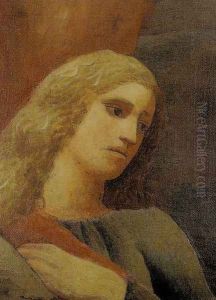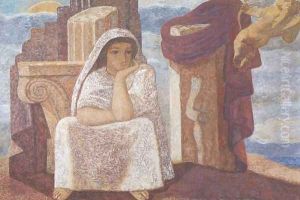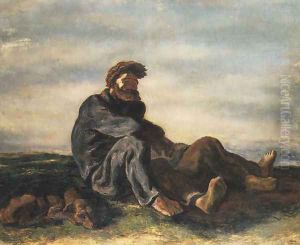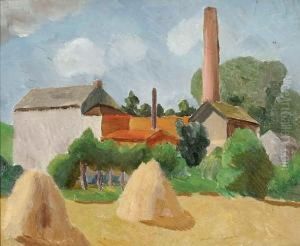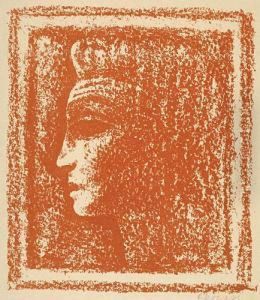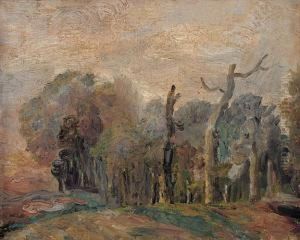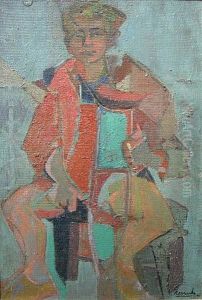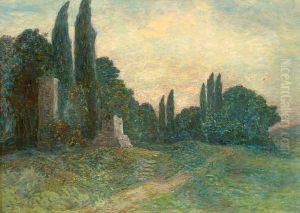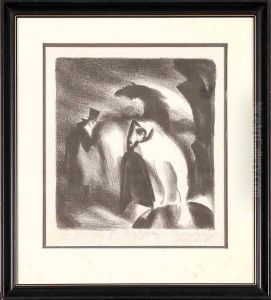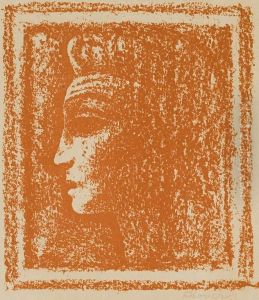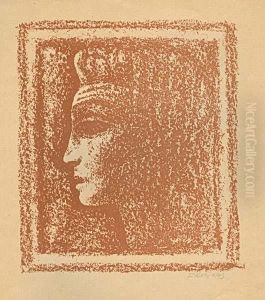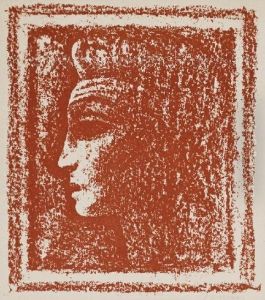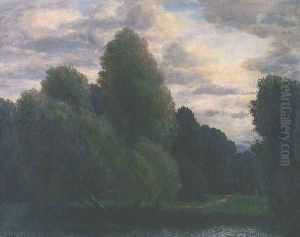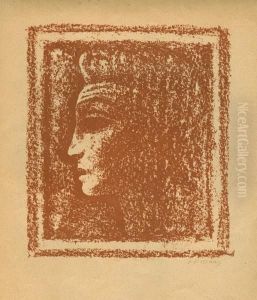Felicjan Szczesny Kowarski Paintings
Felicjan Szczęsny Kowarski was a Polish painter and educator, known for his contributions to the development of Polish art in the first half of the 20th century. Born on December 1, 1890, in Warsaw, Poland, Kowarski was part of a generation of artists who sought to modernize Polish art, drawing inspiration from both Western European movements and the rich traditions of his homeland.
Kowarski's early education in art began at the Warsaw School of Fine Arts, where he studied under notable Polish artists such as Kazimierz Stabrowski. His thirst for knowledge and artistic development led him to further his studies abroad, including time spent in Paris and Munich, two cities that were central to the avant-garde movements of the time.
During his career, Kowarski was not only a prolific painter but also a dedicated educator. He served as a professor at the Academy of Fine Arts in Warsaw, where he influenced a new generation of Polish artists. His teaching philosophy emphasized the importance of mastering traditional techniques as a foundation for innovation, a principle that resonated with many of his students.
Kowarski's artistic output was diverse, ranging from portraits and landscapes to works that reflected social and political themes of his era. His style evolved over the years, incorporating elements of Impressionism, Expressionism, and Symbolism. Despite the diversity in his work, a consistent thread was his focus on the human condition, often exploring themes of spirituality, identity, and the struggles of the individual within society.
Throughout his life, Kowarski remained actively involved in the Polish art scene, participating in numerous exhibitions and contributing to the development of art societies. His work was recognized both in Poland and internationally, earning him several awards and distinctions.
Felicjan Szczęsny Kowarski passed away on January 8, 1948, in Warsaw. His legacy is preserved through his contributions to Polish art education and the body of work he left behind, which continues to be celebrated for its depth, technical skill, and emotional resonance.
